Introduction: The Power of Outdoor Fitness for Vein Health
Outdoor fitness is a natural and effective way to improve circulation and promote vein health. Exercise such as walking, hiking, or yoga strengthens leg muscles, which support veins in pumping blood back towards the heart; furthermore, these exercises prevent blood from pooling in legs, which reduces risks related to vein issues.
Exercising outdoors provides additional health advantages. Spending time in nature can reduce stress levels and boost vein health, benefitting overall well-being. According to a study on cardiovascular benefits of outdoor fitness, being active in outdoor settings enhances both physical and mental health, making it easier to stick to an exercise routine.
This article will highlight how outdoor fitness helps maintain healthy veins, suggest activities to try, and emphasize the significance of professional care for persistent vein issues. Combining outdoor fitness with professional guidance ensures long-term vein health and improved circulation.
The Science Behind Circulation and Exercise
a) How Exercise Enhances Circulation
Physical activity plays a pivotal role in improving circulation. Exercise causes your leg muscles to contract and push blood back toward the heart, thus decreasing pooling in lower extremities and relieving pressure from veins. Strengthened muscles and increased blood flow also lower your risk for varicose veins or other vein-related conditions. According to a study on exercise and circulation, regular physical activity improves overall vein function, particularly in the legs, by promoting healthy blood flow and reducing strain on vein walls.
b) Outdoor Fitness Benefits
Exercising outdoors offers additional advantages beyond physical fitness. Simply being exposed to nature can lower stress levels, improve mood, and strengthen fitness regimens. Reduced stress has positive impacts on cardiovascular and vein health by lowering blood pressure and improving circulation.
Compared to indoor workouts, outdoor activities often provide greater mental health benefits. A study on green exercise found that combining physical activity with exposure to natural environments significantly boosts physical and emotional well-being. Nature-based exercise offers an integrative solution for maintaining circulation and vein health, such as walking in a park or practicing yoga on a sunny afternoon.
Understanding how exercise and nature interact to promote vein health can help you make more informed fitness choices that promote long-term wellbeing.
Outdoor Fitness Activities for Healthy Veins
a) Walking and Hiking
Walking and hiking are great activities to promote circulation and support vein health, engaging leg muscles to help return blood back into its veins and pump it towards the heart. Regular walks or hikes may reduce risks such as pooled blood in legs that could result in vein-related problems. According to the Cleveland Clinic, even short daily walks can significantly improve blood flow and prevent issues like varicose veins. Hiking in natural environments also provides the added benefit of reducing stress, making it a holistic option for improving circulation.
b) Cycling
Cycling is another fantastic activity to support vein health. Cycling strengthens muscles in your legs—particularly calves and thighs, which play an integral role in moving blood upward toward your heart—as well as improving overall cardiovascular well-being without straining joints. Cycling through parks or scenic trails is an effective way to promote circulation while supporting healthier veins.
c) Swimming
Swimming is a full-body workout that helps improve circulation without straining veins, as its buoyancy reduces pressure on legs, making it an excellent form of exercise for individuals with existing vein issues. Swimming also increases flexibility and strengthens muscles for more effective blood flow throughout your body.
d) Yoga and Stretching Outdoors
Yoga poses such as downward dog and leg stretches can help increase blood flow and vein health. Furthermore, practicing outdoors adds the mental health benefits associated with nature, such as reduced stress levels and an increase in focus, encouraging consistency with physical activity. The MDPI Article on Outdoor Learning and Physical Activity highlights how outdoor exercise combines physical and emotional benefits, supporting long-term vein health.
Incorporating these activities into your routine is a simple yet powerful way to improve vein function and overall circulation.
Preventing Common Vein Issues with Outdoor Fitness
a) Reducing Risks of Varicose Veins
Consistent physical activity is one of the best ways to prevent varicose veins. Activities like walking, hiking, and cycling help increase circulation in your legs, decreasing chances of pooled blood and vein engorgement. Plus, when you move regularly, your leg muscles help push blood back toward your heart, which in turn lowers pressure in your veins. According to the Cleveland Clinic, regular movement is a key strategy in preventing varicose veins, especially for those who sit or stand for long periods.
b) Managing Chronic Venous Insufficiency (CVI)
Outdoor fitness activities are beneficial in managing chronic venous insufficiency (CVI), a condition in which veins struggle to return blood back to the heart. Activities like swimming or yoga may alleviate symptoms like swelling, heaviness, or aching in legs by improving circulation and decreasing fluid buildup in legs. Engaging regularly in outdoor fitness helps strengthen veins over time as well as provide both physical and mental health benefits—ultimately contributing to overall better physical and mental well-being.
Make outdoor fitness part of your routine to help prevent vein issues and promote better overall health.
Seeking Professional Support for Vein Health
a) When Fitness Isn’t Enough
Outdoor fitness can be an effective way to promote vein health and boost circulation, but it may not be sufficient for everyone. Persistent or severe symptoms like significant swelling, pain, or visible varicose veins often require medical care beyond lifestyle changes. Chronic venous insufficiency (CVI) or advanced varicose veins may require targeted treatments that go beyond lifestyle modifications alone—it’s best to seek professional assistance early to make sure any issues are diagnosed correctly and addressed to prevent further complications.
b) Consulting Specialists
For advanced care, consulting vein specialists can provide effective solutions. Experts at Vein Vascular Vineland offer advanced treatments such as sclerotherapy or laser therapy. These minimally invasive procedures address vein issues at their root, improving blood flow and reducing symptoms like swelling and discomfort.
Integrating professional care and regular outdoor fitness creates a holistic approach to vein health. Medical treatments may address existing issues while physical activity helps promote long-term circulation and prevent future issues. By employing both approaches together, you can enjoy improved overall health as well as stronger veins. Don’t hesitate to seek professional assistance if lifestyle changes alone don’t seem enough to relieve symptoms.
Conclusion: Embrace the Outdoors for Better Circulation
Outdoor fitness can be an excellent way to strengthen and regulate circulation and your veins. Activities such as walking, cycling, and yoga not only support healthy blood flow but also contribute to overall well-being and reduce symptoms associated with chronic venous insufficiency. Regular movement also prevents varicose veins as well as chronic vein insufficiency conditions like CVI.
Nature-based exercises are an easy and enjoyable way to prioritize vein health. For persistent or severe vein issues, consulting professionals is key in receiving appropriate care and long-term solutions. Start today on the path towards healthier veins and an active lifestyle.
Want to unlock greater wellness?
Listen to our friends over at the Wellness + Wisdom Podcast to unlock your best self with Drew Canole of Organifi:

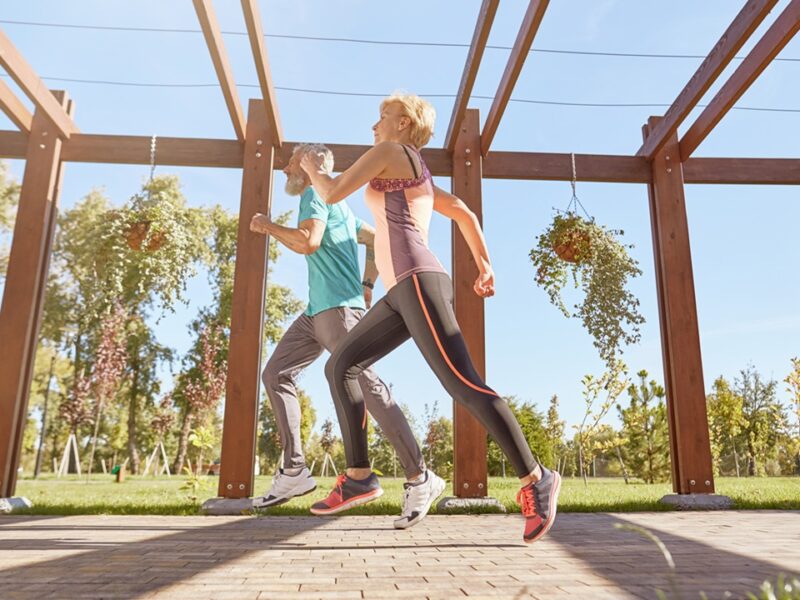
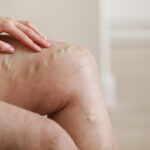
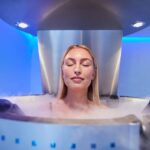
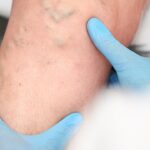

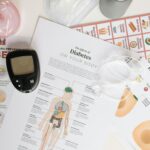

 How Intermittent Fasting Can Benefit Your Health
How Intermittent Fasting Can Benefit Your Health